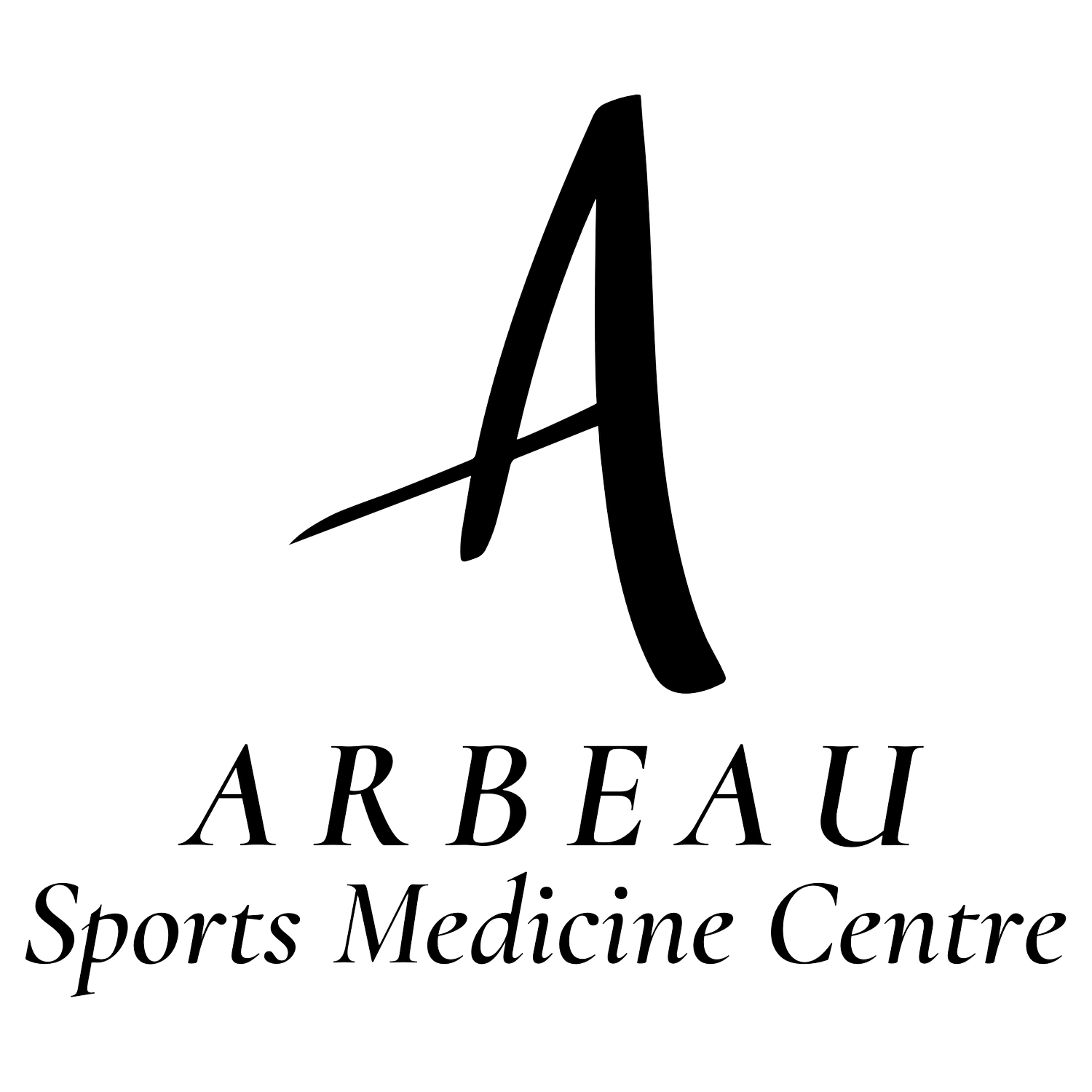BRACING
There are two principal indications for bracing: prevention of an injury and support of an already injured tissue.
Prevention of injury may also include support for safe and early return to activity.
When choosing a brace, consider the type of injury being prevented and the area that needs to be supported.
Selecting a Brace
Braces may be purchased in a variety of shapes, sizes, and colors and range in price from the relatively inexpensive off-the-shelf variety found in large-box athletic stores or pharmacies, to custom-fabricated braces that are fitted and personalized to the individual.
Braces are made to fit a wide variety of joint types and come in various sizes. When choosing a brace, the most important factor is the purpose for which the brace is intended and the area that it is intended for. For example, an ankle brace for a basketball athlete may not be the same as one chosen for an airline baggage handler.
Braces should:
Increase the stability of joints and limit mechanical stress to adjacent joints.
Not interfere with normal joint function.
Not endanger others if being worn during contact sports.
Be adaptable to all body types.
Be cost effective.
Have evidence to support its use.

